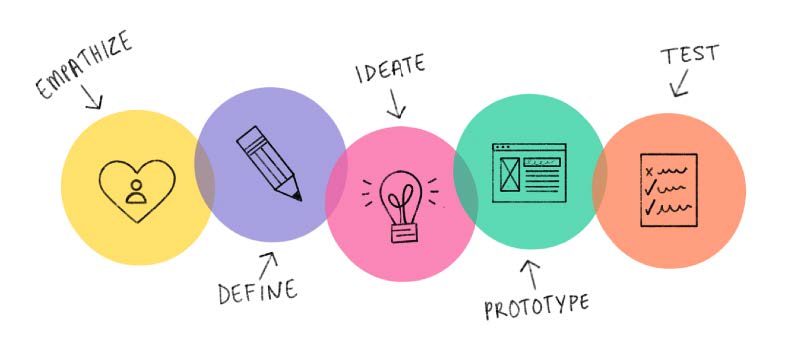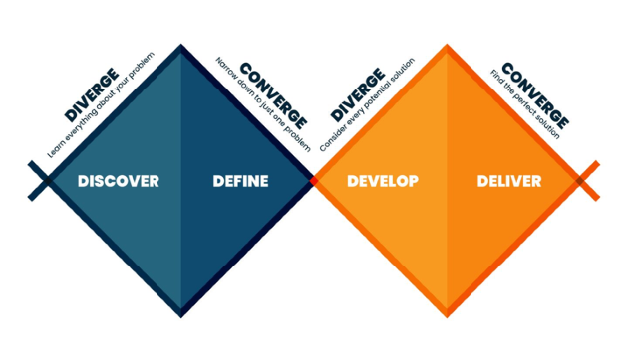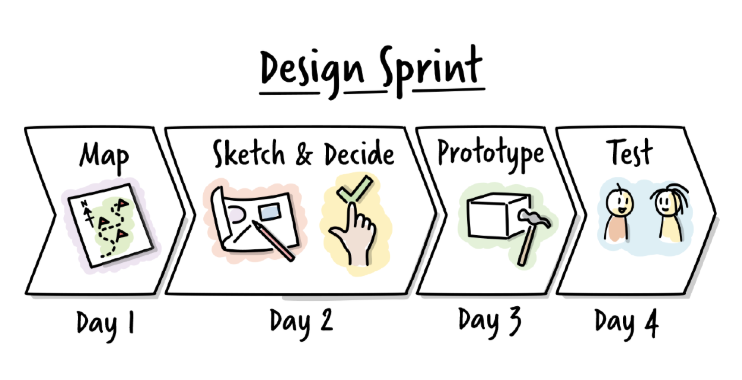

By Aarti Mathur • August 2025
In today’s world of rapid innovation, it’s tempting to believe that design starts with wireframes, colour palettes, or brainstorming boards. But behind every user-friendly app, every accessible product, and every successful service lies something far less visible but far more powerful—research.
As a design researcher, I often hear aspiring designers ask:
“Where do I begin?” The answer, always, is this: start with understanding.
Design isn’t just about solving problems—it’s about understanding people, anticipating change, and shaping experiences that matter. This is where research becomes the soul of every design process.
Before selecting a method or opening a design tool, pause and ask:
For example, if you’re working on a project to design a wheelchair for better mobility, jumping into ideation won’t lead you to innovation. But immersing yourself in the daily realities of wheelchair users—listening to their frustrations, needs, and aspirations—will guide your solution to empathy-driven innovation.
“Without understanding the why behind the design, the final product may look impressive but fail to impact.”
Once your purpose is clear, it’s time to select a framework. Designers today have several strong options:
Focuses on empathy, ideation, prototyping, and testing.

Encourages divergent and convergent thinking across discovery, definition, development, and delivery

Encourages divergent and convergent thinking across discovery, definition, development, and delivery

A fast, structured 4-5 day approach to prototyping and user testing.
Each of these frameworks offers structure—but none of them will succeed without a foundation of intense research. Your first step should always be secondary (desk) research, where you gather existing knowledge from:
While research helps us understand current needs, the best designs are those that also anticipate tomorrow. In an era defined by technological disruption, climate urgency, shifting demographics, and evolving user behaviour, designers must ask:
This is where futures thinking, anticipatory research, and speculative design come in. These methods don’t aim to predict the future but to prepare us for multiple possible futures.
Research is not a phase—it’s a lens. It allows us to:
It prevents us from designing for assumptions. It helps us understand both the current state and the direction of change.
“Design that looks good is decoration. Design that is researched, tested, and future-ready has an impact.”
Designers today are not just problem-solvers—they are possibility builders. And that possibility begins not with tools or templates, but with inquiry. So, whether you’re sketching an app, mapping a service, or redesigning a product, remember this:
“Choose any framework—but let research lead the way. Let it connect you to people’s present realities, and prepare you to meet their future needs.”
That’s where meaningful, impactful design lives.
About Aarti Mathur
Aarti Mathur is a UX Design Faculty and Researcher with a strong interest in user behaviour, design thinking, and inclusive innovation. She brings a unique blend of academic insight and industry exposure, mentoring aspiring designers to think beyond visuals and create meaningful, research-driven solutions. Aarti is passionate about exploring the intersections of design, accessibility, and human-centred technology. You can connect with her on her LinkedIn.
One Response
I’ve been following your blog for some time now, and I’m consistently blown away by the quality of your content. Your ability to tackle complex topics with ease is truly admirable.